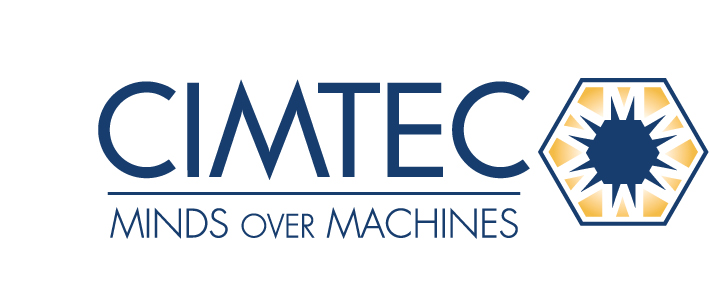- Home
- Calculate Return on OEE Improvement
About Us
We are Florida, Georgia, Virginia, North Carolina and South Carolina's premiere automation solutions provider and are committed to being an innovative supplier. It is our goal to be an expert in everything that we sell so that we can be a better asset to our customers.
Contact Us
3915 Shopton Rd., Suite 103
Charlotte, NC 28217
Phone: 877.524.6832
sales@cimtec.com
Copyright ©2025 CIMTEC Automation all rights reserved.

Overall Equipment Effectiveness (OEE)
Manufacturing facility managers are always looking for ways to improve the efficiency of their production lines and identify bottlenecks in their operations. One of the metrics that managers can use to characterize the performance of their organization is Overall Equipment Effectiveness (OEE). Managers that examine data on their production performance in an efficient manner and can correlate events with causes in real time can gain more control over their operational procedures and ultimately increase the quality and performance of their facility.
OEE is a factor that is used by production managers to evaluate performance and effectiveness of a process, whether that process takes place at a single workstation or across a complete factory. OEE takes in several individual measurable metrics and normalizes them in such a way that OEE can be compared to other production lines or even other industries. OEE is often used as a key performance indicator (KPI) for manufacturing operations, particularly those focused on lean manufacturing. OEE also allows companies to benchmark their individual manufacturing lines against other plants within their organization and across their industry.
There are three basic metrics that are used to calculate OEE:
OEE is therefore Availability X Performance X Quality. So, if a machine has 95% Availability, 85% Performance, and 93% Quality, then OEE = 0.95 X 0.85 X 0.93 = 0.75, or 75%. Because it is nearly impossible to achieve a perfect OEE, as even small reductions are multiplied through the equation, a target OEE of 85% is a common goal for many manufacturing operations. However, many manufacturing operations are thought to have actual OEE levels of 40-50%.
While it is possible to track OEE through manual data recording and collection, it is far more efficient to automate this data collection. Manual data collection is more prone to operator error, so, OEE values calculated with manually collected data is less accurate than if it is calculated using data collected automatically. Manual data collection is also slow, and it takes time to gather and analyze hand-written or hand-entered data.
GE Intelligent Platforms’s Intelligent Platforms’ Proficy Plant Applications Efficiency is a tool that can help facility managers get a handle on their current OEE, and plan methods to improve OEE. Proficy Plant Applications Efficiency can automatically collect the data from each manufacturing line needed to calculate OEE in real time, so managers can monitor line performance from shift to shift, looking for disparities in OEE and implementing effective solutions. Proficy Efficiency allows manufacturing facilities to leverage their existing manufacturing and automation systems by connecting with many different kinds of applications.
When a manufacturing facility deploys an OEE tracking system effectively, the facility can get a better handle on production and performance metrics. These metrics can help managers make faster and more informed decisions about optimizing manufacturing processes. Managers can track downtime, production levels, and waste, and can determine causes or effects of system events in real time, allowing them to respond faster, and in turn improve OEE. Performance can be compared shift by shift and hour by hour, or product to product.
If OEE can be improved, facilities can increase their profit while maintaining operational costs:
Profit = Plant Sales x Plant Gross Margin x % Increase in OEE
For example, consider a plant producing $10M in product sales per year with a plant gross margin of 50% and a plant OEE of 60%. If the plant can realize a 10% increase in OEE from efficiency software & focused performance improvement efforts, this would result in an increase in profits of $300,000.
By implementing an automated method for measuring OEE, such as GE Intelligent Platforms’s Intelligent Platforms’ Proficy Plant Applications Efficiency software, companies can identify and take action on negative factors such as equipment bottlenecks, unexpected downtime, and production losses caused by shortages in materials or resources. Manufacturers that identify these negative conditions and take action can increase equipment utilization rates, providing them with a distinct and sustainable advantage over their competitors.
Recent Posts